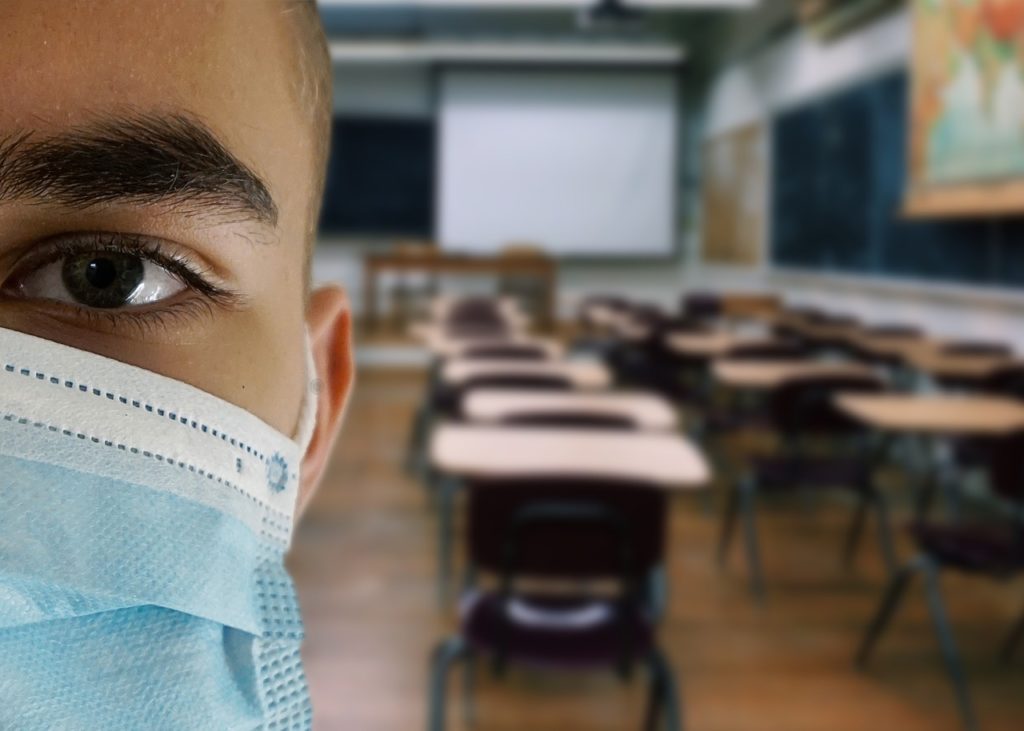
As COVID-19 numbers, hospitalizations increase, state publishes school reopening options for governor to choose from
Social distancing markers on floors.
No self-service for food or drinks in the cafeteria.
Symptom screening — including temperature checks — for everyone who wants to enter a school building.
Increased cleaning and disinfection of everything from facilities to school buses.
Those realities are non-negotiable.
But just what other safety measures will be put into place should North Carolina students return to campuses this fall will depend on whether or not COVID-19 cases and hospitalizations continue to rise.
State education officials have painted three pictures of how schools could look at the beginning of the 2020-21 school year and none of them resemble what students experienced in August 2019.
The State Board of Education recently approved the N.C. Department of Public Instruction’s reopening plan, “Lighting Our Way Forward: North Carolina’s Guidebook for Reopening Public Schools” — a playbook of sorts for Gov. Roy Cooper to consider as he mulls which strategy to implement July 1.
The first two options would see students attend class inside school facilities.
The third would close schools and learning would take place remotely.
The following descriptions — and checklists — were released by DPI and the state Department of Health and Human Services.
Plan A:
Assuming the metrics turn around in the coming weeks and the numbers improve — confirmed COVID-19 cases and hospitalizations in North Carolina are currently on the rise — a “minimal social distancing” plan would be implemented. All students would be in school buildings at the same time, but schools would be still be required to follow a series of checklists (see below).
Plan B:
If the number of cases and hospitalizations continue to increase, schools would be open, but under a 50 percent occupancy limit. Schools would be required to follow the same checklists as Plan A (see below) but would also have to ensure “sufficient social distancing with at least 6 feet between people at all times in school facilities and on school transportation vehicles.” The 50 percent maximum occupancy rule would apply to both school facilities and transportation vehicles.
Plan C:
No students would be allowed inside school facilities. All learning would be done remotely.
Assuming students return to campuses under Plan A or Plan B, here are the checklists schools would be required to follow:
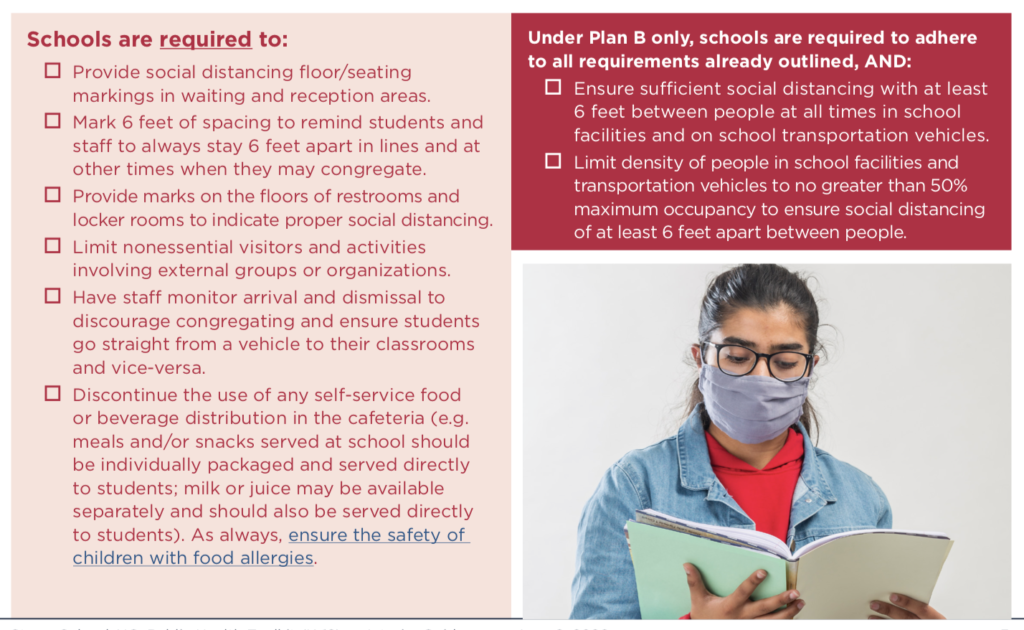
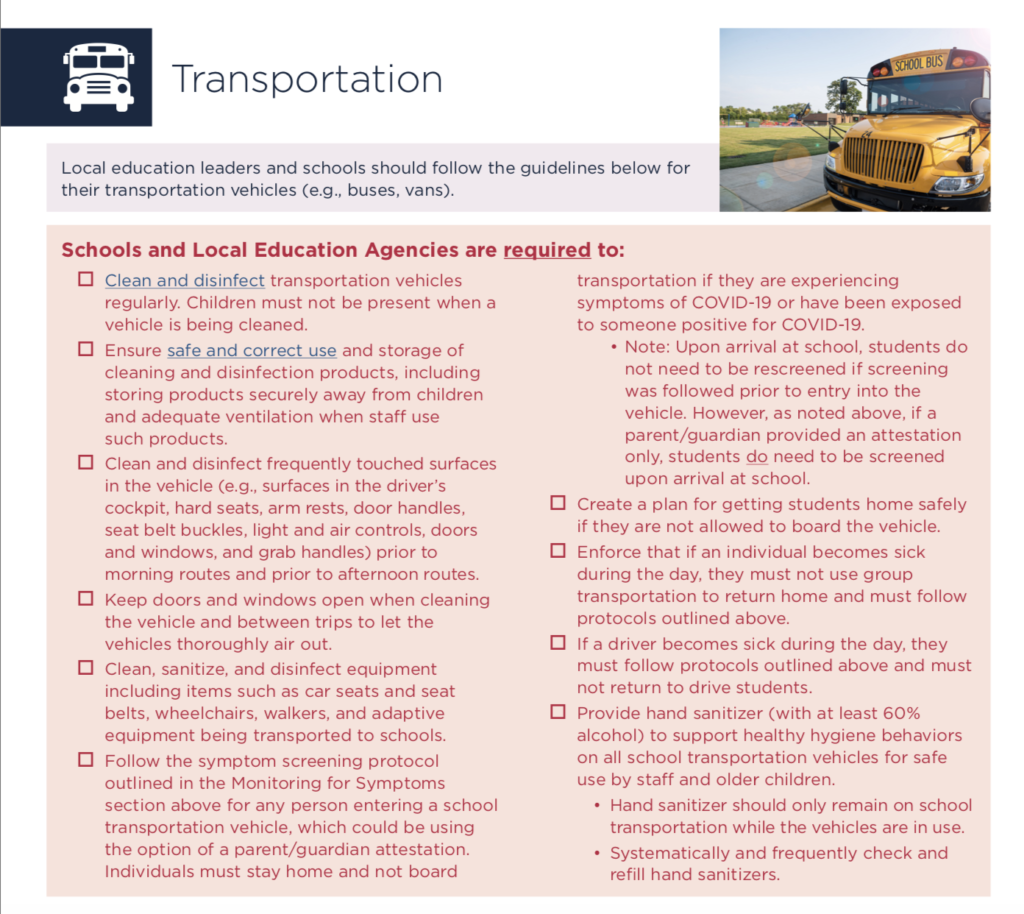
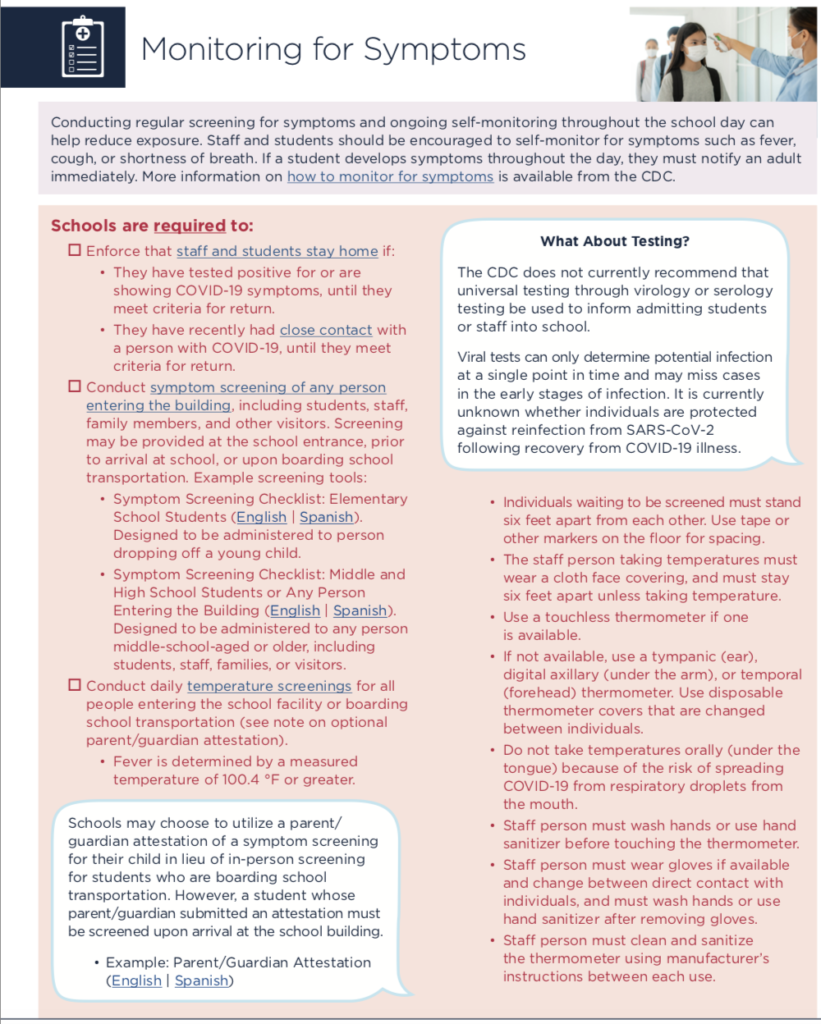

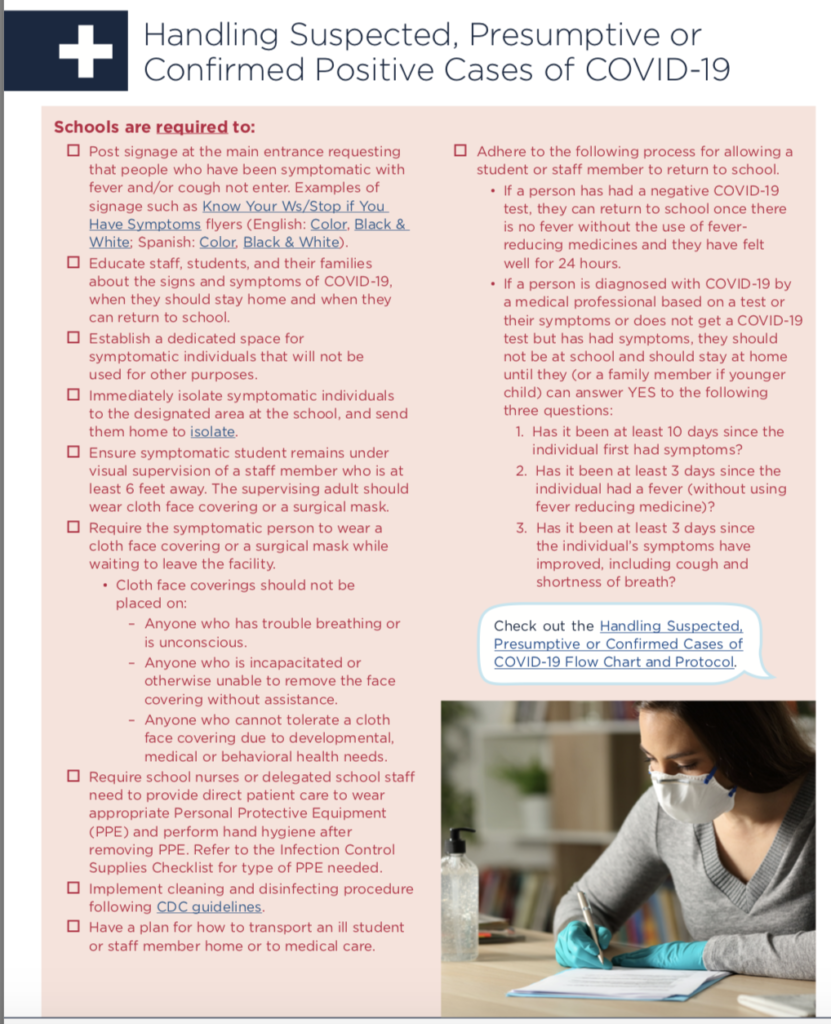
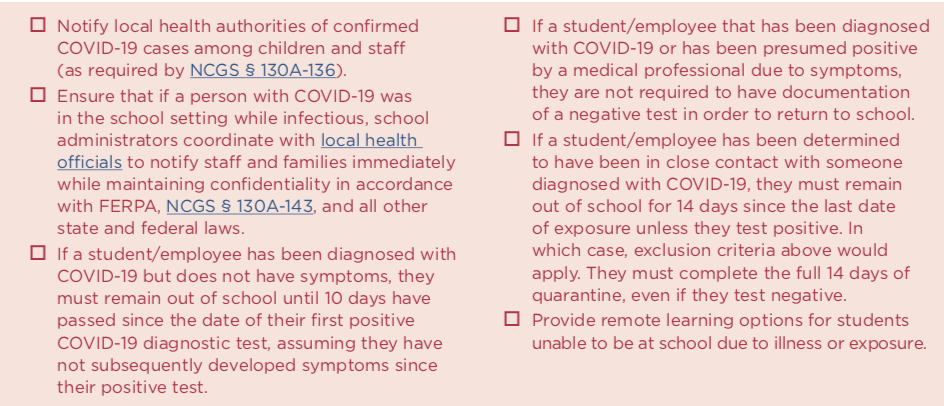

A loaded discussion

Fighting for their lives

Goldsboro loses a giant

“I’m a flippin’ hurricane!”
Public Notices — Jan. 4, 2025

Belting it out

Legendary

Final Four!


